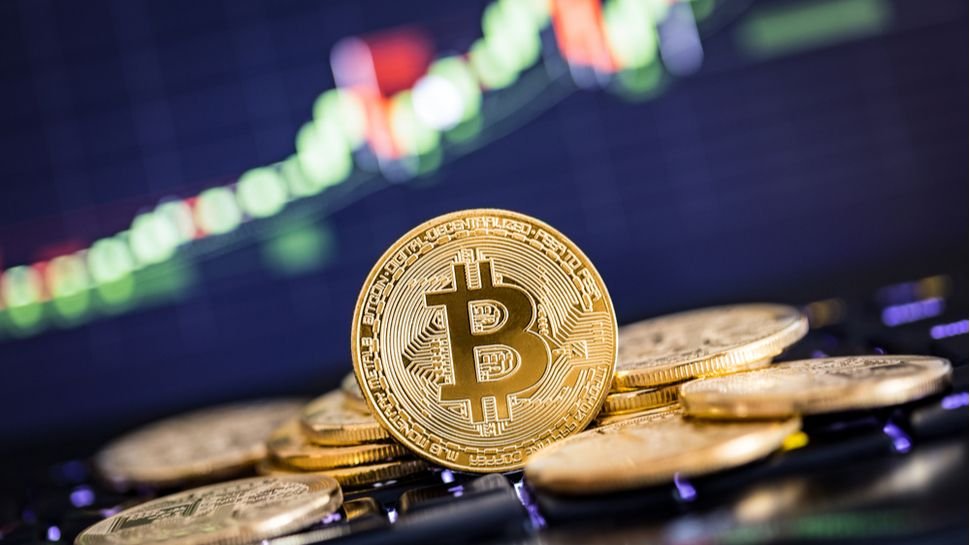

As cryptocurrencies take the financial world by storm, institutional and retail investors are exploring the additional value returned by applying cutting-edge technology to their trading strategy. While learning to trade all types of assets has become commonplace in recent years, thanks to the wide availability of online learning tools, time and resources remain scarce for self-taught learners and traders of all walks of life. life. This is where technology, in the form of a trading robot, comes to the rescue, saving time and making trading much more efficient. In the world of cryptocurrencies in particular, a trading robot can eliminate the hassle of building a portfolio, as well as the need to design, execute and maintain a trading strategy in this fast-paced and often volatile market. Trading robots are nothing new. They were first created in forex trading in the early 2000s, but the concept of automated trading dates back to the 1950s when Richard Donchian introduced a set of rules for buying and selling funds. Automated trading systems like bots now handle large volumes of assets around the world, with around 75-80% of all stocks traded via bots. More recently, when institutional financial firms entered the crypto markets, they bought these trading robots with them, which they adapted and applied to cryptocurrencies, and now we are starting to see the robots become available. retail participants.
What is a crypto trading robot anyway?
Cryptocurrency trading robots are essentially software that often leverages artificial intelligence and machine learning to observe the market and automatically execute cryptocurrency trades according to pre-defined algorithms. Ideally, the bot makes a profit, and that profit is higher in risk-adjusted terms than if you just bought the same coins and held them all the time. While you may think that high returns are the end goal, high risk-adjusted returns are what you really want, and that is the true potential of a crypto trading bot. Basically, if you can capture most of the cryptocurrency rise with reduced risk exposure from drawdowns, all managed independently, that should be a much more attractive proposition than just having a passive buy and hold strategy.Why use a bot?
There are two main use cases for trading bots. First, bots can make the whole process much simpler and more streamlined. They can take care of factors like portfolio diversification, index construction, portfolio rebalancing, etc. But automation does not mean that it is completely independent. You still need to take care of the basics and do your due diligence on the cryptocurrencies selected by the bot, etc. The second use case is more complicated and advanced, where bots are used as part of an active day trading strategy, automating components that are time consuming, quite repetitive, and can involve unnecessary complications. In this case, traders use bots to overcome;- Repetitive tasks; how to do hourly rebalances.
- The timing professions; Achieving a high degree of precision in your trades is extremely necessary, a bot can easily be programmed to monitor the market and execute a trade at the right time.
- Automate strategies; The cryptocurrency market is open 24 hours a day, 7 days a week and is very volatile, the price can change 24 hours a day and a trading robot can help you execute your strategies while you sleep.
Fully automated crypto trading bots
If you are new to the cryptocurrency market, a fully automatic trading bot gives cryptocurrency enthusiasts (and experienced traders as well) exposure to the entire cryptocurrency market without any hassle. With over 6.000 cryptocurrencies on the market, proper diversification and subsequent asset management can be a time-consuming endeavor, especially with the rise of the DeFi industry. Instead, a fully automatic trading robot can provide the necessary portfolio diversification while controlling the downsides, through a proven trading strategy. The necessary research and due diligence is done on your behalf by humans instead of robots (again!). Research teams manually assess critical factors such as asset team, roadmap, and use case to determine potential benefits, as well as project legitimacy and longevity. Once satisfied with the legitimacy of the project, the bot takes over because a crypto asset is included in its universe of tradable assets. From this point on, the bot continuously tracks the technical data of the token, such as its trading history, volume, and liquidity. . As long as the technical data stays within an acceptable range, the bot trades the asset according to its pre-defined trading strategy, all with the goal of avoiding price drops and generating optimal returns. The algorithm also relies on machine learning to develop your trading strategy, study market timing, and determine the best time to buy or sell. Which also removes the cognitive biases that often arise when executing your own DIY strategy.What to consider when choosing a trading robot
- What is the experience level of the team that developed the trading robot? Look for attributes that indicate a reputable team, things like the companies the members have worked for, how long they have been working and testing the bot, the reputation of their advisory board members, the technical ability of the founding team, etc. Have you managed more than € 100 million and do you have a good track record?
- Transparency; Are your algorithms widely known and accessible to everyone? Was the team transparent about the results of its business strategy, implementation, backtests, etc.
- Trading strategy, how do you select tokens for the bot? Are there tokens you don't want to expose too much like privacy coins or stablecoins? What is your token verification process?
- Is their success related to yours? If you make money, will they, too, be successful?